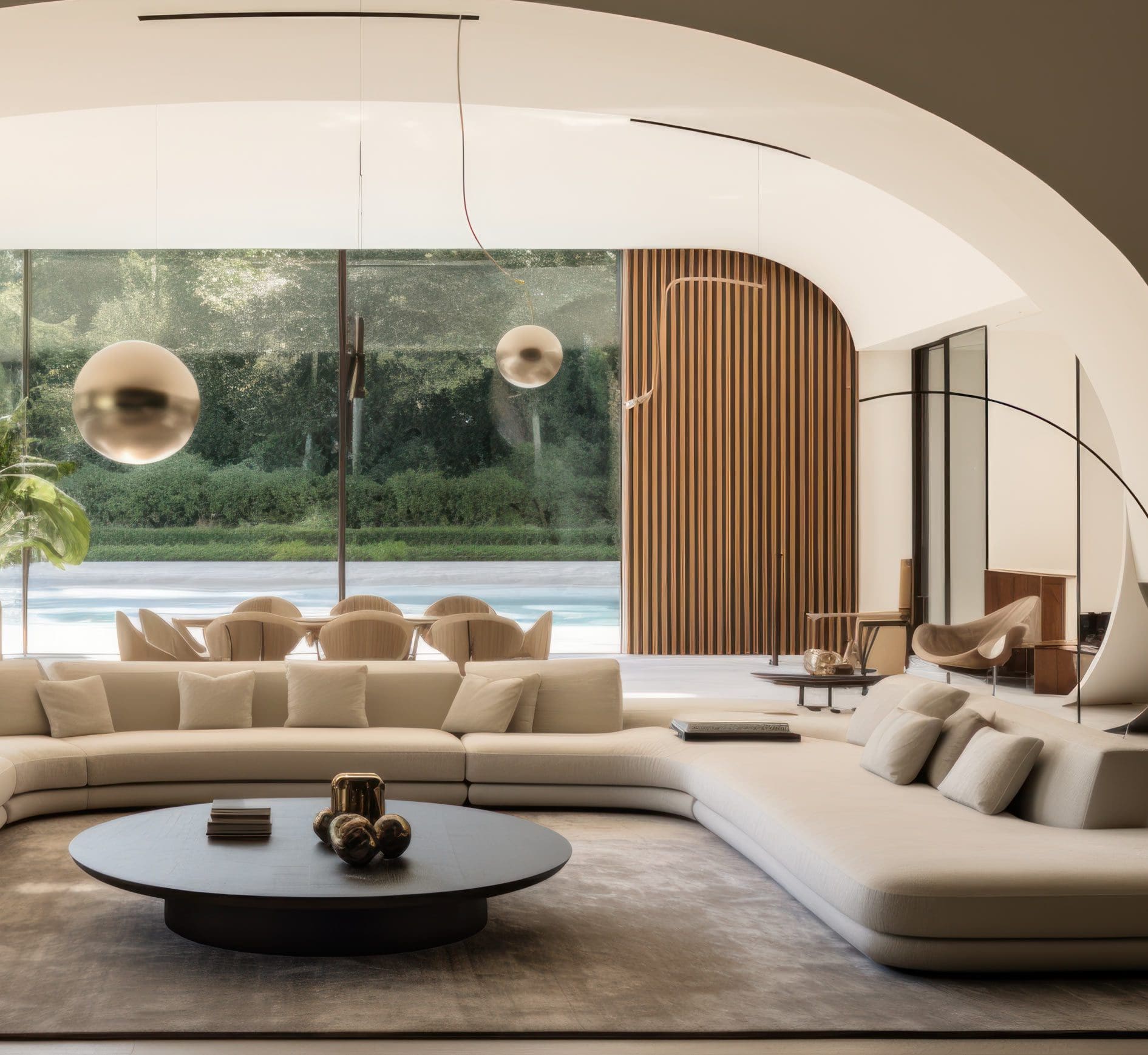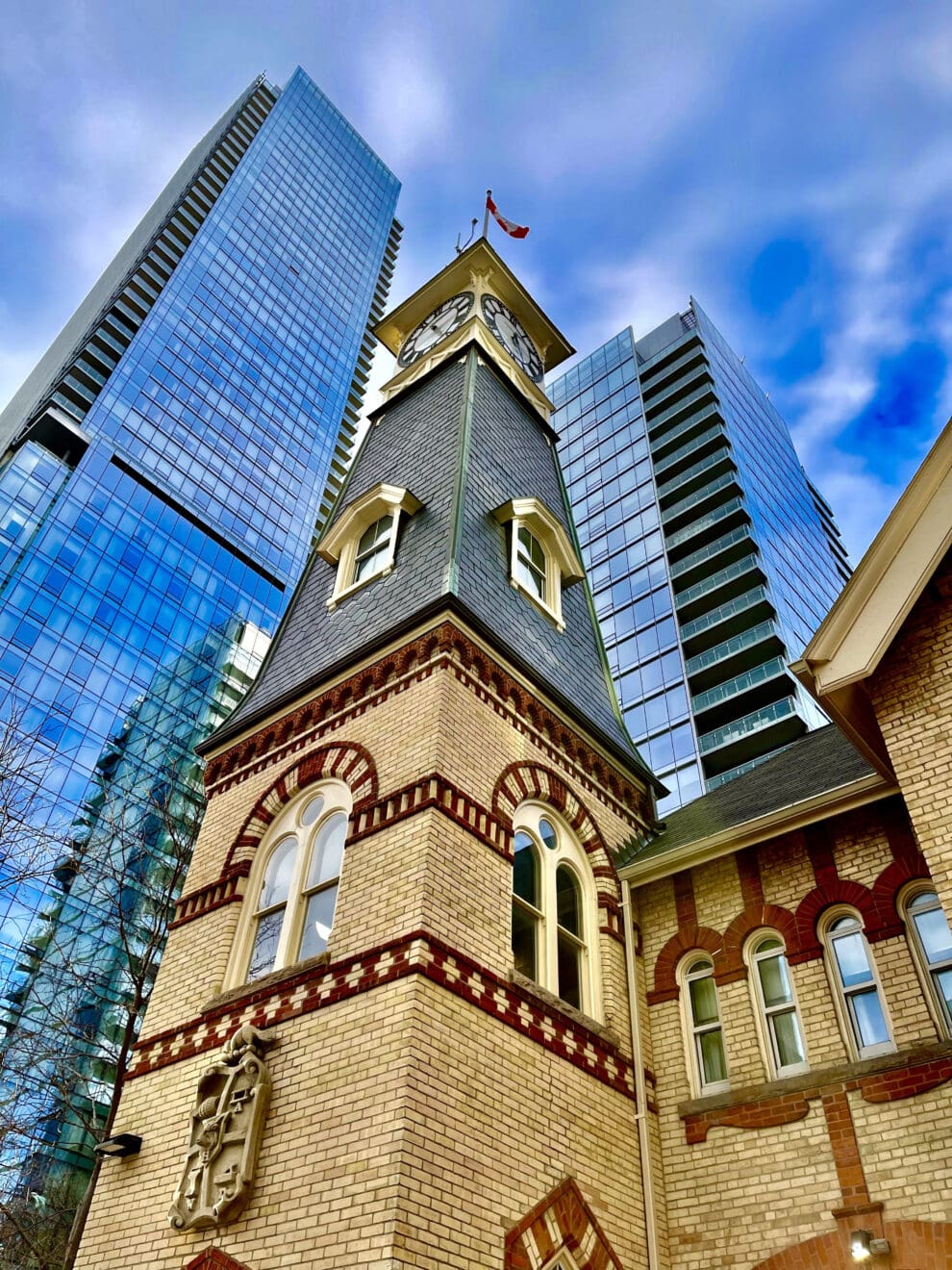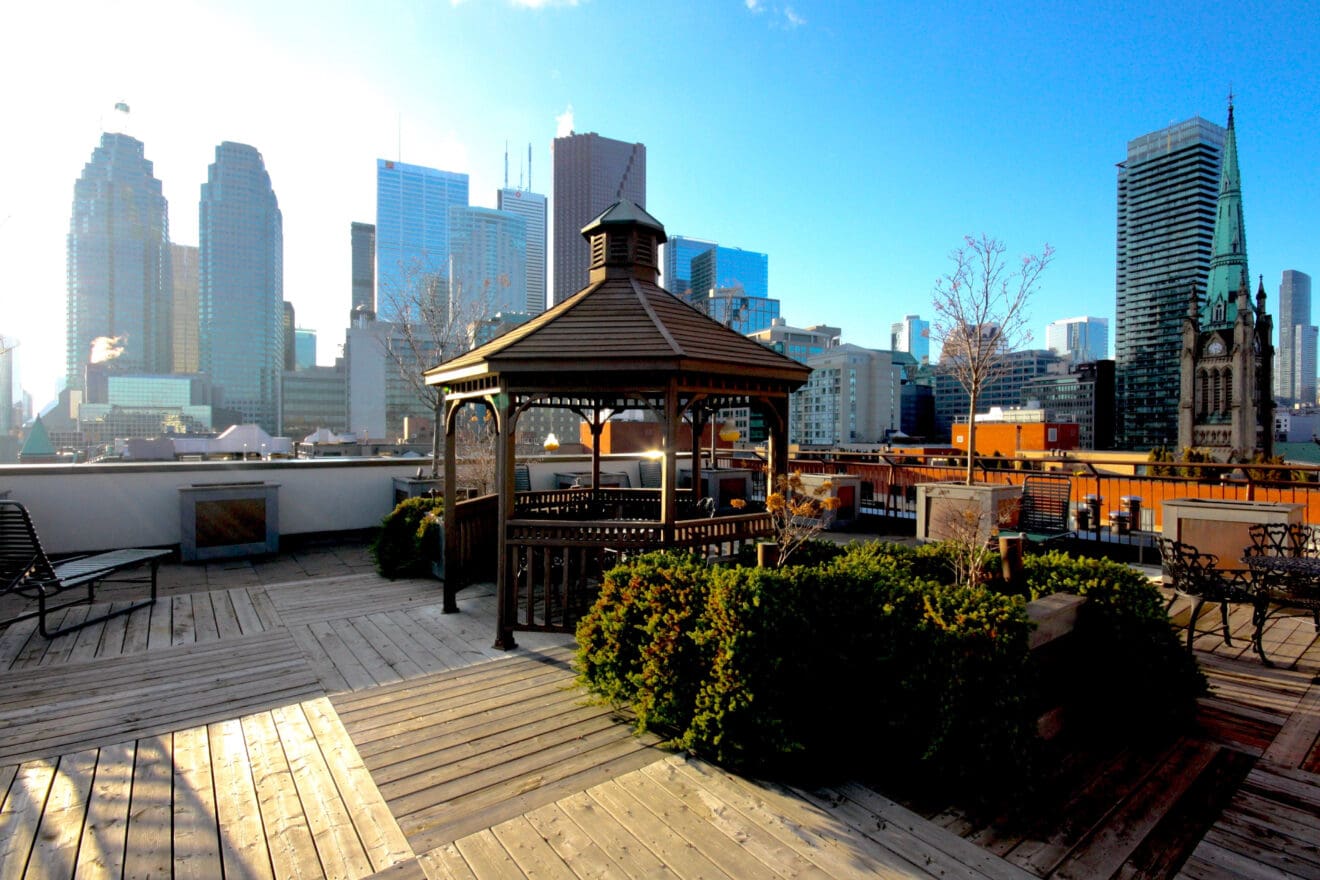Toronto’s architectural history is a diverse tapestry that reflects its growth and evolution over the years. The city has seen a variety of architectural styles emerge, influenced by different periods, cultural shifts, and urban development. Understanding these architectural styles is crucial for homebuyers as it can impact not only the aesthetics of the properties but also their historical significance, maintenance requirements, and, consequently, their market value.
Curious about Toronto real estate listings? Browse my curated list of properties right here.
Victorian Architecture
- Overview: Common in the 19th century, Victorian architecture is characterized by ornate details, asymmetry, and decorative elements. In Toronto, one finds many well-preserved Victorian homes, especially in neighbourhoods like Cabbagetown and The Annex. Neighbourhood pride is high in these areas, where sophisticated homeowners have sought the aid of design professionals in injecting contemporary elements into their homes whilst maintaining the original features that make these homes truly magical.
- Impact on Housing Market: Victorian homes often boast unique features like stained glass, intricate woodwork, bay windows rising into pointed gables, and high ceilings. Renovated Victorian properties can be highly sought after, driving up their market value. It pays to note that certain neighbourhoods, where a consistent respect for the historical importance of the homes by their owners is reflected in much higher prices that buyers are willing to spend to purchase a home there.
Discover Central Toronto’s coveted communities here.
Edwardian Architecture
- Overview: Following the Victorian era, Edwardian architecture emerged in the early 20th century. It is marked by simpler designs, larger windows, and a move towards more open interiors. The footprints of these houses were typically larger and would often incorporate generous front porches, large windows and simple wood details. Bringing light into the house had become more important.
- Impact on Housing Market: Edwardian homes, found in areas like Rosedale and High Park, offer a blend of historical charm and modern living. Renovated Edwardian properties can attract buyers looking for a classic aesthetic, grander facades and a feeling of craftsmanship inside, due to panelling, built-in shelves and benches, and prominent staircases.
Art Deco and Art Moderne
- Overview: The Art Deco style, prominent in the 1920s and 1930s, is characterized by geometric shapes and decorative elements. Toronto has several Art Deco and Art Moderne buildings, including the iconic R.C. Harris Water Treatment Plant. Homes in the Art Deco style emphasize verticality and stylized, geometric ornamentation, while the later Art Moderne style is a horizontal design, emphasizing movement and sleekness, which followed stylistically in many other designs of the era, such as furniture, cars and trains.
- Impact on Housing Market: Homes with Art Deco influences may be limited, but their unique design can make them stand out in the market, appealing to buyers with a taste for distinctive architecture. They punctuate several neighbourhoods and were often custom built in the time for their original owners, adding to their uniqueness.
Are you thinking about buying or selling a home in Toronto? Learn more about my process here:
Mid-Century Modern
- Overview: In the post-war period, Mid-Century Modern architecture gained popularity. Characterized by longer flat lines, large areas of glass, and a connection with nature, this style is still evident in some Toronto neighbourhoods, such as Don Mills, which was a presented a new way of life planned by architects and urban planners in the 1950s and 1960s.
- Impact on Housing Market: Mid-Century Modern homes are often prized for their timeless design and integration of indoor and outdoor spaces. Properly renovated properties in this style, respecting the elements of the original style are often snapped-up by buyers nostalgic for the style that popularized today’s contemporary lines, and was originally influenced by the innovations of architects that created the International Style and Bauhaus style, marked by the absence of ornamentation and by harmony between the function of an object or a building and its design.
Contemporary and Condominium Living
- Overview: As Toronto’s skyline has evolved, contemporary architecture and high-rise condominiums have become prevalent. These structures often feature sleek designs, glass facades, and more casual home or apartment layouts.
- Impact on Housing Market: The rise of condominium living has transformed the real estate landscape. Buyers interested in low-maintenance, urban living often gravitate towards these properties, impacting demand and pricing.
Read more about the condo market in Toronto right here.
What Buyers Need to Know:
- Maintenance Challenges: Older homes may require more maintenance, and buyers should be prepared for potential restoration costs associated with preserving historical features.
- Heritage Designation: Some properties may have heritage designation, restricting modifications. Buyers should be aware of any limitations on renovations.
- Aesthetics vs. Functionality: Balancing the charm of historical architecture with modern living needs is crucial. Renovations should enhance functionality without compromising the property’s character.
In conclusion, Toronto’s architectural history adds a rich layer to its real estate landscape. Buyers should consider the historical and aesthetic aspects of different architectural styles, balancing their preferences with the practicalities of daily living.
Each style contributes to the city’s unique character and the particular neighbourhoods that grew differently according to the time period that they were developed, and understanding this history can be a valuable asset in navigating the diverse Toronto housing market.
Do you have questions about buying a home in Toronto? Feel free to reach out directly by calling 416-824-1242 or emailing robert@lifeofluxury.ca today.

Guiding Your Experience
Learn more about how I work with you to create unique strategies that help make your dream lifestyle your actual lifestyle.





